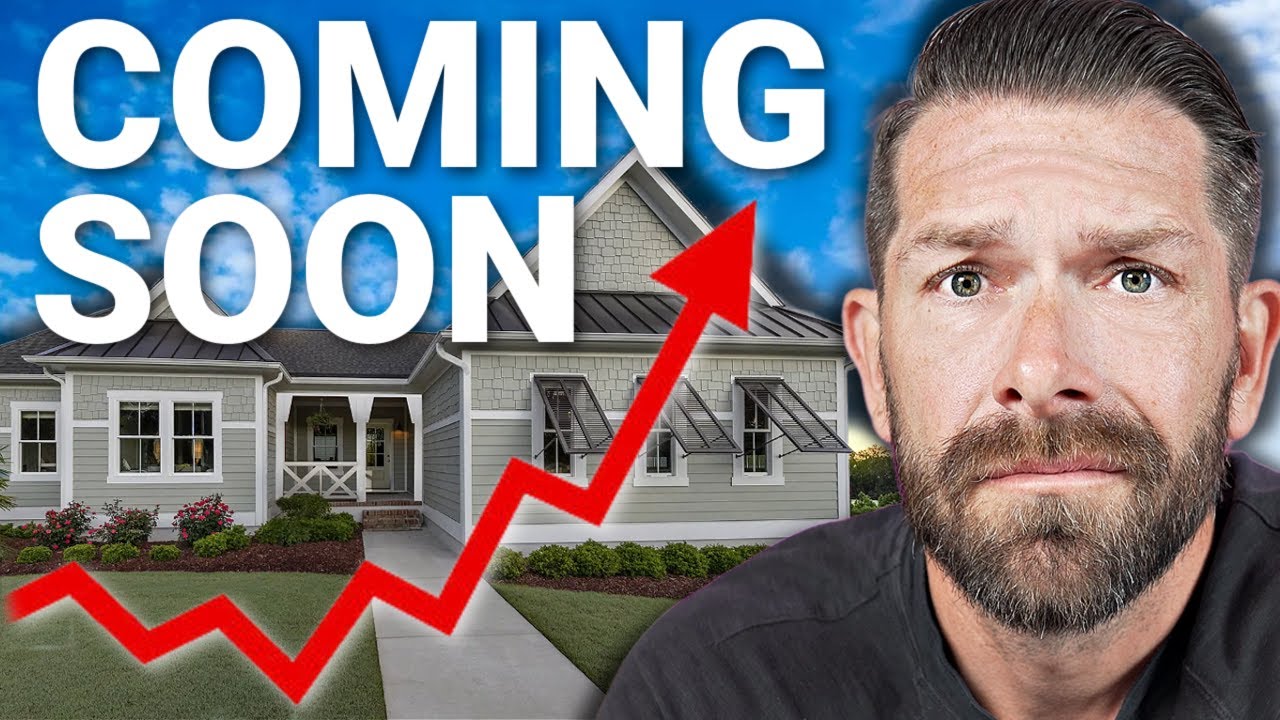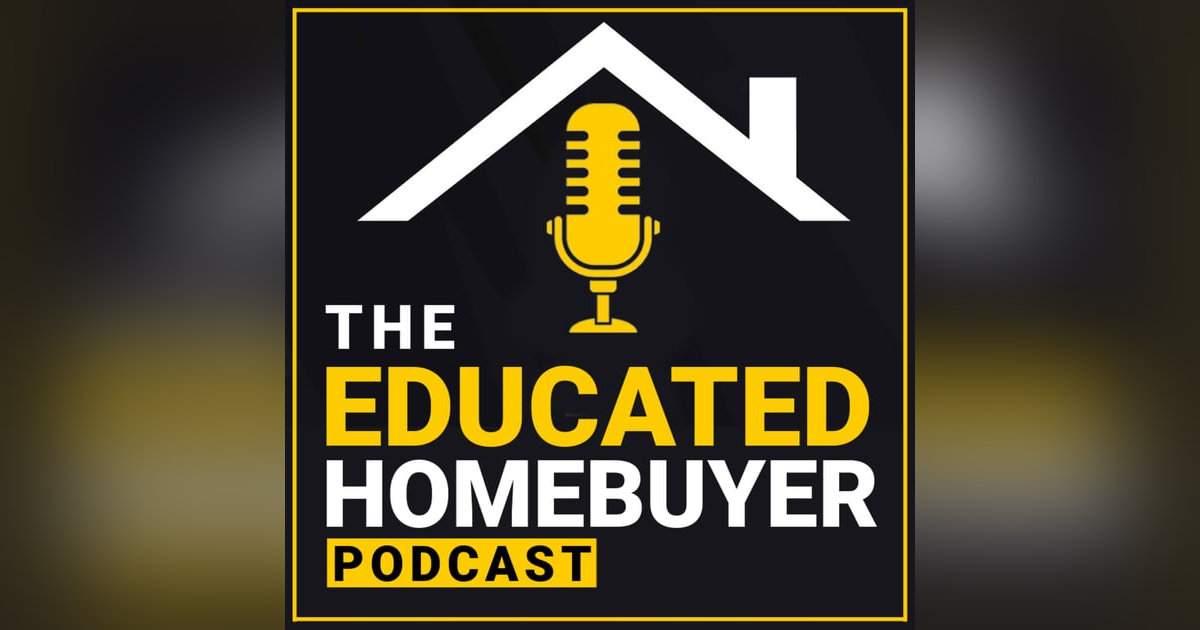Lower Rates Will Have a HUGE IMPACT On Home Sales

Lower Rates Will Have a HUGE IMPACT On Home Sales
Thinking about buying or selling a home? Lower mortgage rates could be the game changer you’ve been waiting for. In today’s housing market, the difference between a 7% interest rate and a 6% interest rate can mean hundreds—or even thousands—of dollars in monthly savings. And while that may sound like a small shift on paper, the reality is lower rates will have a HUGE impact on home sales.
👉 Ready to see how changing rates affect your buying power?
Start hereWhy 6% Is the Magic Number for Homebuyers
For years, many believed that 5% mortgage rates were the threshold that would unlock the housing market. But as Jeb Smith and Josh Lewis explained in this episode of The Educated HomeBuyer, data shows that 6% is the true tipping point.
- When rates fell to 6% last year, mortgage applications spiked.
- Buyers who had been sitting on the fence suddenly jumped back into the market.
- Even refinances—thought to be dead in today’s environment—came alive as homeowners saw opportunities to save money.
The Psychological Shift: From Sticker Shock to Acceptance
Interest rates don’t just affect numbers—they affect emotions. Homeowners who locked in 2.75% or 3% during the pandemic have struggled to accept today’s higher rates. But as time goes on, buyers are starting to adjust expectations. A recent survey showed that 52% of buyers now consider 6% to be an acceptable rate—a massive jump from earlier in the year. This shift means more people are open to moving, upgrading, or even entering the market for the first time.
How Lower Rates Unlock Refinancing Opportunities
Refinances have been nearly nonexistent for the past two years. But just a quarter-point drop in rates has already changed that. Josh Lewis noted:
- In a typical month this year, he’s done just 2–3 refinances.
- But when rates dipped recently, his team opened six refinances in a single week.
Why? Because homeowners who bought in 2022–2024 are holding loans in the mid-to-high 7s. For a $700,000 mortgage, dropping to 6.5% can mean $400–$500 per month in savings—without paying points or heavy costs.
The Ripple Effect on Home Sales
Lower rates don’t just affect buyers and refinancers. They ripple through the entire housing ecosystem:
- More sellers list homes. Roughly 75% of sellers also buy. As rates fall, “locked-in” homeowners become more willing to move.
- More buyers enter the market. Demand rises as affordability improves.
- Sales volume increases. While prices may remain stable, total transactions jump.
Will Prices Skyrocket Again?
One of the biggest fears among buyers is that lower rates will reignite bidding wars and push prices even higher. But Jeb and Josh argue that’s unlikely. Supply and demand balance each other, affordability is still stretched, and prices are more likely to remain stable while volume grows.
What This Means for First-Time Buyers
First-time buyers are uniquely positioned to benefit when rates dip. Families outgrowing their starter homes will move up, freeing entry-level homes. These starter homes become available for newlyweds, young families, or singles entering the market. It creates a healthy cycle of mobility, which has been frozen for the past two years.
The Economic Boost of More Home Sales
Housing is a major driver of the U.S. economy. When home sales increase, the benefits spread far beyond real estate: buyers purchase furniture, appliances, and décor; sellers hire contractors and landscapers; builders create construction jobs. Simply put: more home sales = more economic activity.
Should You Wait or Buy Now?
Many buyers struggle with the “cost of waiting.” But this calculation assumes certainty—something the housing market never provides. If rates drop, you may face more competition. If rates rise, you could be priced out entirely. Buying today gives you the chance to refinance later as rates improve.
The Fed’s Role: Risk or Opportunity?
What about the Federal Reserve? Could their policies derail or accelerate this shift? While the Fed plays a role, the real story is buyer psychology and affordability. Market forces often move ahead of the Fed, and a dovish pivot could even backfire, causing volatility.
Practical Advice for Today’s Buyers and Sellers
If You’re Buying:
- Get pre-approved now. Don’t wait for rates to drop.
- Understand your payment today. That way, any future drop is a bonus.
- Be ready to act. If the right home hits the market, you can move fast.
If You’re Selling:
- Know your audience. Many buyers are still payment-sensitive.
- Price strategically. Stable prices mean you need to be competitive.
- Take advantage of demand. As rates fall, listings get more attention.
Final Thoughts: The Goldilocks Market Ahead
The next housing cycle may look less like the frenzy of 2021 and more like a balanced Goldilocks market—not too hot, not too cold. Rates around 6% bring activity back, buyers and sellers re-enter the market, and prices remain stable while volume grows.
👉 Take the first step:
Get started here

